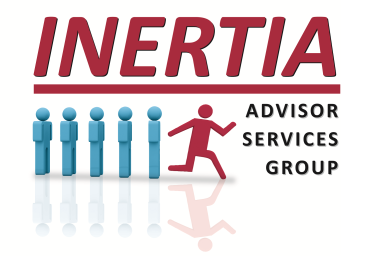Creative LTC Planning: Maximizing A Legacy & Charitable Giving
For many of your affluent clients, pursuing financial stability and making a lasting impact often go hand in hand. That's why combining a Long-Term Care (LTC) plan with charitable giving presents a unique opportunity to recognize the financial realities of paying for LTC while leaving a meaningful legacy.
Even for those who can afford self-funding the risk, LTC Planning has become a critical component of a comprehensive financial plan as longevity increases and healthcare costs soar. By encouraging and implementing customized LTC Planning for clients, you extend their horizon beyond financial protection and peace of mind to ensure they can access the highest quality care with an eye on their legacy and without fear of estate erosion or burdening their families.
Charitable Giving: A Path to Leaving a Legacy
Many affluent clients feel a responsibility to give back to society or the community and positively impact the causes they care about, such as supporting nonprofit organizations, educational institutions, healthcare initiatives, etc. Beyond the altruistic benefits, philanthropy also offers tax advantages that help optimize a client's financial plan.
Synergy of LTC Plans and Charitable Giving:
When considering the combination between LTC Planning and charitable giving, several potential strategies emerge:
- Leveraging Tax Efficiency: Charitable giving can offer substantial tax benefits, including deductions and potential reductions in estate tax. If a client donates appreciated assets such as stocks or real estate, they can potentially avoid capital gains tax while still supporting causes they believe in. This tax efficiency can free up resources to fund a robust LTC plan.
- Creating a Charitable Remainder Trust (CRT): Establishing a Charitable Remainder Trust allows a client to donate assets to a trust while receiving regular income payments during their lifetime. After their passing, the remaining trust assets are directed to the chosen charity. This approach can provide income for LTC plan premiums while also contributing to charitable endeavors.
- Donating Retirement Account Assets: For those clients with significant assets held in qualified retirement accounts like an IRA or 401(k), designating a charity as a beneficiary of these accounts can reduce the tax burden on heirs while simultaneously supporting philanthropic causes. This strategy aligns well with certain LTC Planning solutions as it helps manage potential tax liabilities, or it can be a "planned giving" strategy for those assets not used to pay for care.
- Naming Charities as Beneficiaries: Including charitable organizations as beneficiaries in wills, trusts, or life insurance policies can provide support to causes while safeguarding assets for LTC needs. Various LTC Planning solutions provide a death benefit or residual value, so plan dollars not used for care can also enhance a client's charitable goals.
The convergence of Long-Term Care (LTC) Planning and charitable giving offers a powerful strategy for your affluent client to provide multi-generational security and positively impact society. By strategically integrating these elements into their comprehensive financial planning, your clients can ensure the plan to pay for potential care might also leave a legacy that resonates far beyond their lifetime.
Perhaps now is the time to elevate your advisory relationship, as helping clients achieve financial planning goals beyond just the numbers can shape their future in even more meaningful ways.
200821

